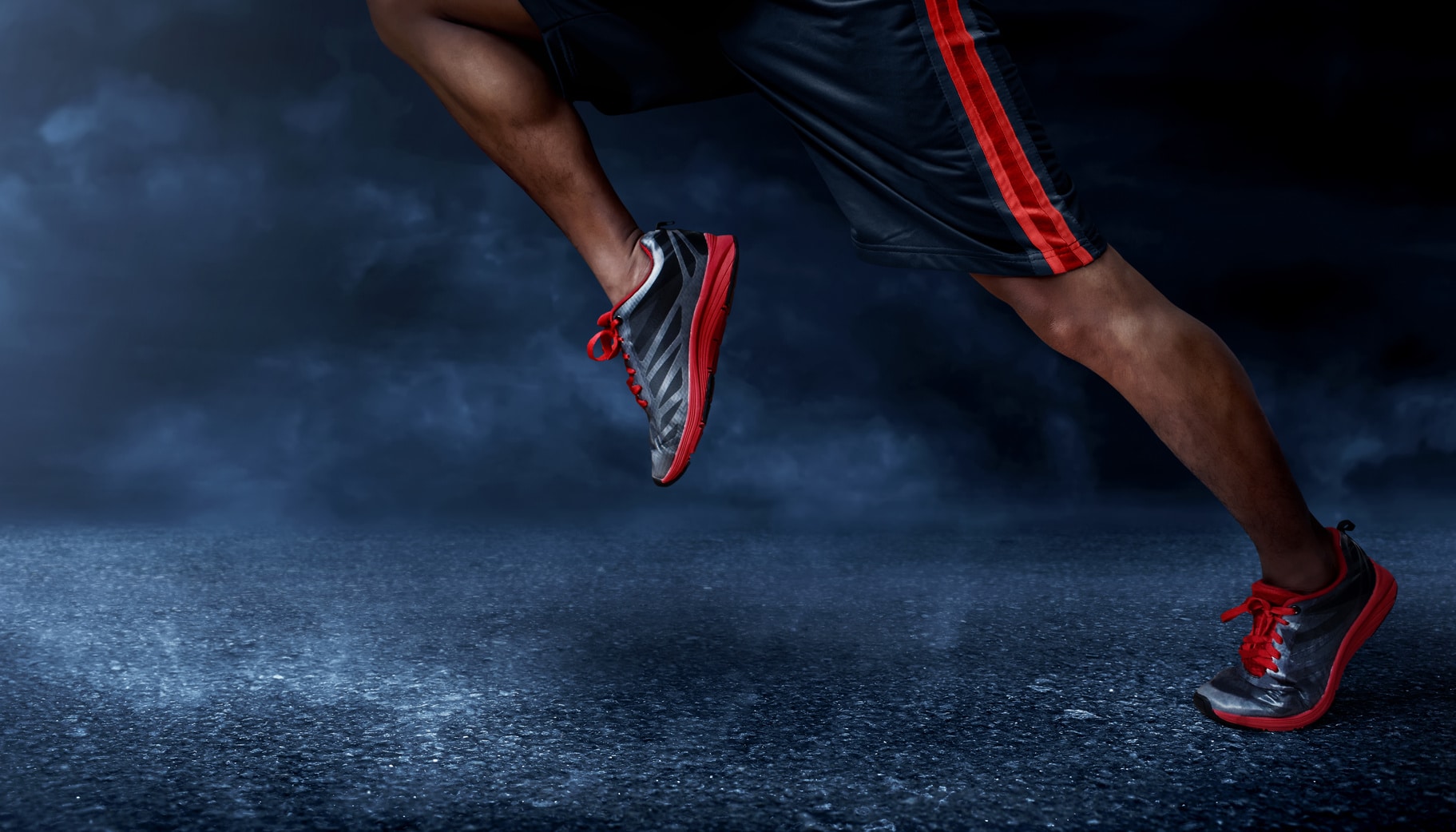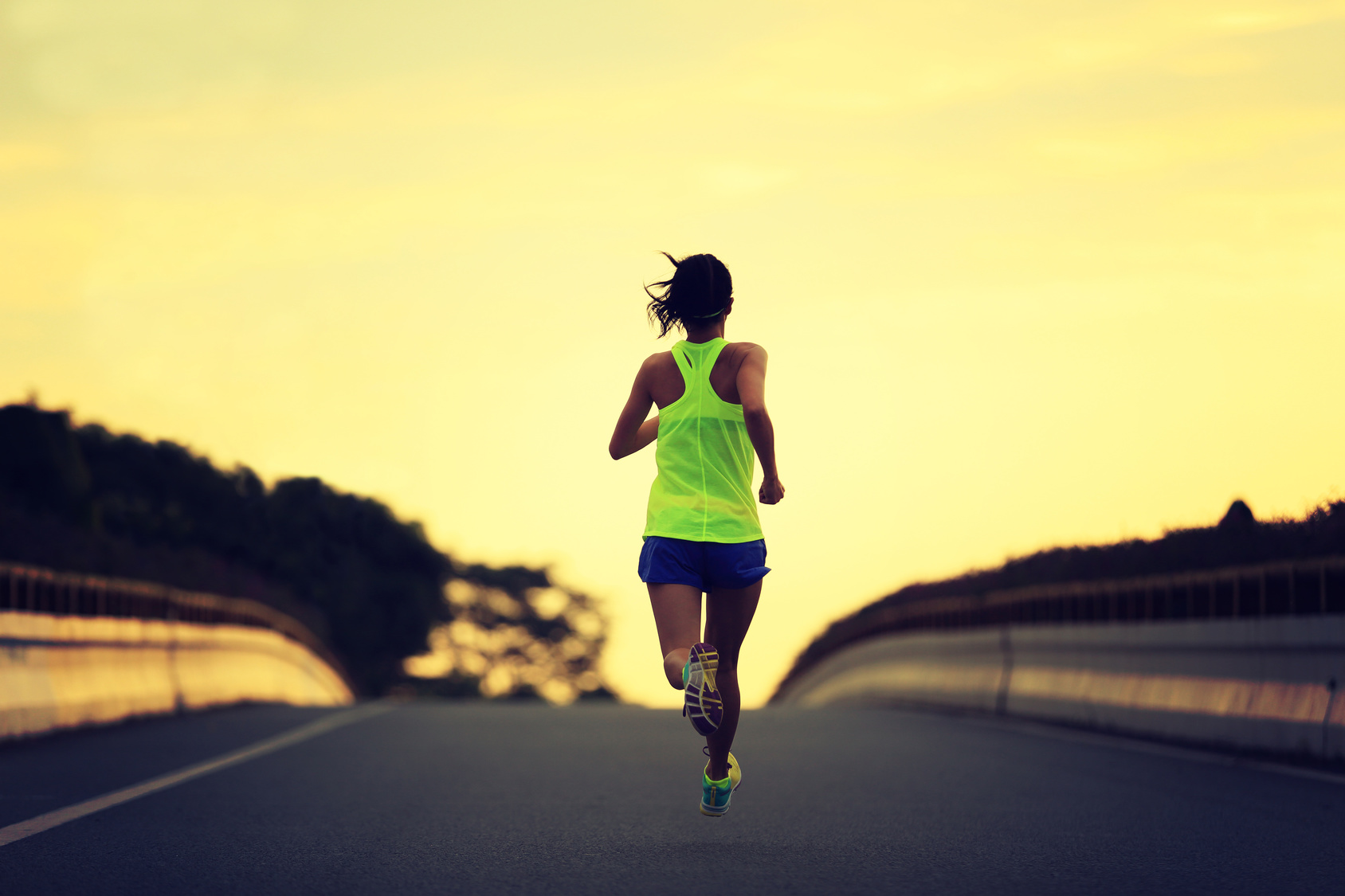Looking to learn more about the running gait cycle?
Well, you are in the right place.
In this (sort of technical) short blog post, I’ll teach you about the many components of running gait, gait cycle biomechanics, phases of running gait, and how to analyze your running gait cycle so you can improve your running form and performance.
Sounds great?
Let’s get started.
The Importance of The Running Gait Cycle?
Understanding gait cycle and its many components can help you pick the right running shoes and optimize your performance and training efficiency.
Not only that, learning more about your gait cycle can also help you better assess your running technique and biomechanics, which, in turn, is key for improving it.
Plus, some running experts suggest that assessing the way you run can also offer you many clues to the cause of a particular injury.
These are all valid reasons, if you ask me.
So, are you excited?
Then here we go.
First things first, let’s define what gait actually means…
What is The Running Gait Cycle?
The gait cycle describes the continuous and repetitive pattern of walking or running —in other words, how we get from point A to point B.
More specifically, gait cycle biomechanics refers to a series of movements of the lower extremities—your legs— during locomotion which starts out when one foot strikes the ground and ends when the same foot strikes the ground again.
The gait cycle typically the same for all of us as it can be split into two main phases.
- The Stance Phase—when the foot is in contact with the ground, and
- The Swing Phase—when the foot is not in contact with the ground.
The phases of running gait includes both a stance and swing phase.
Note: During the walking cycle (not the topic of this post), there is a period known as double stance in which both feet are in contact with the ground.
The Stance Phase Of Running
The stance phase is the first phase of the gait cycle.
It begins when your heel makes contact with the ground, and it ends with the toe off.
When it comes to performance & injury prevention, the stance phase is usually under the spotlight as it’s the phase when your foot and leg bear your body weight.
The stance phase equates to roughly 60 percent of the walking gait cycle, and 40 percent of running gait cycle.
Just keep in mind that these proportions are not written in stone as they tend to change as the speed of walking or running increases (or decreases).
The stance phase can be further divided into three stages.
It starts with initial contact, followed by midstance, then propulsion.
Initial contact
Initial contact marks the beginning of the stance phase.
Also known as foot strike, this subphase starts when your foot makes contact with the ground after having been in the air—typically heel, midfoot, or forefoot strike, based on your running speed, running style, biomechanics, etc.—and ends when the forefoot is in direct contact with the ground.
Think of initial contact as the cushioning phase of the gait cycle.
During this point in the gait, your foot is pronating at the subtalar joint, knee is slightly bent, and leg is internally rotating to help reduce the stress forces from the impact.
Mid Stance
Also known as single support phase, during the midstance, your foot flattens on the ground (moving from pronation into supination) to provide support as your body is moving forward over the leading foot while the other foot is in swing phase.
In essence, during this subphase, your body weight shifts from the back to the front of your foot, preparing for toe off and forward propulsion.
This means that all of your body weight is born by a single leg, which might make it prone to discomfort and overuse injury.
The Toe Off/ Propulsion
The propulsion portion is the final stage of the stance phase.
It kicks off after the heel is off the ground and ends with the toes leaving the ground.
As you keep pushing forward, the heel starts lifting, while the muscles on the back of the leg—mainly the Gastrocs, Soleus, and Achilles Tendon—contract, resulting in plantar flexion of the ankle, allowing for toe off.
This subphase makes up the final 35 percent of the stance phase.
A common mistake beginners make is leaning too far forwards during the toe off.
This can hinder stride angle and might limit efficiency.
Instead, stay tall, aiming for a slight lean from the ankles.
The Swing Phase Of Running
The swing phase, or the “second phase of running”, refers to the time in which the foot is not in contact with the ground.
During this, your foot is swinging forward.
The swing phase starts with toe off and ends just before the foot hits the ground against, and a new gait cycle begins.
During this phase, your legs cycle through, ready for the next foot strike.
The swing phase is the longest phase of the running gait, making up the remaining 60 percent of the running gait, compared with 40 percent of the walking gait.
The swing phase of gait tends to be less relevant to running biomechanics for preventing injuries than the stance phase as there is no weight being born through the joints and muscles.
The main portion of this phase is known as the forward descent which occurs as the foot is being carried forward while it’s positioned for weight bearing.
Both the knee and the foot are flexed.
The swing phase ends at the heel contact, and a new gait cycle begins.
Additional resource – Guide to running lingo
What Is Running Gait Analysis
Gait analysis is no exercise in futility but a scientifically-based and reliable process.
Gait analysis is a scientific method for finding and understanding biomechanical abnormalities and challenges in your gait cycle.
A gait analysis can help a runner by identifying any underactive or overactive muscles in the feet, which could contribute to inefficiencies and overuse injuries in the future
In simple terms, running gait analysis is a way to assess your running style.
It draws a clear piece of the picture of your unique running technique.
What’s not to like!
The two crucial things that make normal gait possible are your posture and your foot interface with the ground.
Any abnormalities will force you to overcompensate.
This, over the long haul, causes damage and/or injury to the affected limbs.
There’s plenty of various types of gait analysis that you can perform, some more complex than others, and some easier to have done.
Usually, gait analysis requires taking a short video (from the front, rear, and side) of roughly 30 seconds of running on a treadmill in a neutral shoe with little to no cushioning.
This helps the professional to take an in-depth look at what your body looks like and how you move as you run on the treadmill, putting the focus on any abnormalities in your gait.
In general, runners are divided into three main categories: neutral, overpronators, and supinators.
Understanding your pronation type is key for choosing the right running shoes and hopefully helping avoid injury.
How To Perform Gait Analysis
The cheapest way to analyze your gait involves a relatively quick (and usually free) treadmill test at a running specialty shop.
To get started, you’ll be put in a neutral shoe and start walking, or running, on a treadmill.
Then you run for a short period on the treadmill.
This allows the staff to assess how you’re landing, where you’re landing, and check for any biomechanical deficiencies within your ankles or knees.
The whole testing process may take 15 to 20 minutes.
Once the analysis is done, the staff will show you a frame by frame replay.
By analyzing the way you run and taking into consideration your fitness level, running goals, and injury history, the staff can make the right shoe recommendation that best suits your needs.
Gait Analysis Results
Some of the most common problems revealed and found out by gait analysis include;
- Heel striking—when the foot lands in front of the hips.
- Slow cadence—taking longer strides at a lower frequency.
- Hip drop—caused by a lack of core strength
- Lack of flexibility and strength, especially in the calves and glutes.
These issues, as well as others, can limit running performance and contributes to overuse injuries.
Running Gait Cycle – The Conclusion
There you have it! If you’re curious about the phases of running and gait cycle biomechanics, then today’s post should get started on the right foot. The rest is just details.
Please feel free to leave your comments and questions in the section below.




